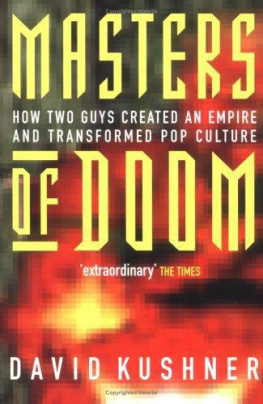
A POST HILL PRESS BOOK
ISBN: 978-1-63758-437-8
ISBN (eBook): 978-1-63758-438-5
A Game Makers Life:
A Hall of Fame Game Inventor and Executive Tells the Inside Story of the Toy Industry
2022 by Jeffrey Breslow with Cynthia Beebe
All Rights Reserved
Book cover design concept by Julie Winsberg
Book cover photography by Emilio Leon King
This is a work of nonfiction. All people, locations, events, and situations are portrayed to the best of the authors memory.
No part of this book may be reproduced, stored in a retrieval system, or transmitted by any means without the written permission of the author and publisher.

Post Hill Press
New York Nashville
posthillpress.com
Published in the United States of America
Dedicated to my
Seven Breslow Boys
My wonderful three sons
Marc, Michael, and Joseph
Who over the years
Have heard many of these stories
And to my amazing four grandsons
Oscar, Jax, Brooks, and Sloan
Who have brought much joy
To their Poppy
Table of Contents
O n July 27, 1976, I was a thirty-three-year-old partner at the most successful toy design company in the world, Marvin Glass & Associates on LaSalle Street in downtown Chicago. Marvin Glass & Associates invented dozens of classic games and toys, including Mouse Trap, Operation, Simon, and Rock Em Sock Em Robots. I was the youngest partner by a decade, a toy designer dubbed the Boy Genius by Marvin Glass himself. Happily married with two beautiful sons, after a rocky start in high school and college, I felt firmly in control of my wonderful life.
Company founder Marvin Glass was a brilliant but secretive businessman, the Steve Jobs of the toy industry. Marvin had died of complications from a stroke two years earlier, but our company still reigned supreme in the ferociously competitive business. The company employed about sixty people, including partners, toy designers, model makers, and engineers. It was a great but demanding place to work, with sixty- to eighty-hour workweeks the norm.
Marvin had designed our office building like a medieval fortress, with slits for windows, locked doors, restricted access, and a giant walk-in vault for prototypes. Security cameras were everywhere. In his desire to protect his firms people and ideas, Marvin even had a panic button installed under the receptionists desk routing an alarm directly to the Chicago police station half a block away. Our building, we thought, was impregnable.
Marvins spacious and opulent second-floor office faced west toward LaSalle Street and was now occupied by Anson Isaacson, the managing partner who had replaced Marvin upon his death. Our daily partners meeting was held in Ansons office between 9:00 and 10:00 a.m. Normally, there would be eight or nine partners in Ansons office at 9:55 a.m., but that morning wed broken up a few minutes early. Only three of us were left in the room: Anson, partner Joe Callan, and me. When the phone rang next to me, I answered and Pauline, the receptionist, told me I had a call from a man named Jim Salem, whom I had talked to a week earlier about our Evel Knievel Stunt Cycle toy.
I wouldnt usually leave a meeting, but that morning I decided to take the phone call in another room. I stepped out through Ansons back door and walked a few steps down the hall into an empty executives office. If I hadnt moved to a different office to take Jims call, I would have been murdered that day.
At the same time I started talking to Jim on the phone, a deranged employee climbed up the back stairs, walked down the long corridor, opened the solid back door of Ansons office and walked in. Al Keller, whom I knew only as a quiet electrical engineer, was armed with two handguns. He shot Anson in the face twice, killing him instantly. Keller then shot Joe three times in the chest, killing him. Keller exited through the back door and turned back the way he had come, away from the office where I was talking on the phone. Keller kept shooting as he moved down the hall into the toy designers space. (See diagram p..)
I heard only a popping sound when Keller fired his pistol. I didnt recognize the noise and guessed it might be a toy gun. I put Jim on hold and stepped into the hallway to see what was happening. When I noticed the back door to Ansons office was wide open, I walked in. I could not believe what I saw in front of me.
My first thought was that an unknown madman had entered through the front door. It never occurred to me that the shooter was an employee, or that he had entered and exited through the same back door I used. I raced out the front door of the office to our confused receptionist, Pauline, screaming, Where did he go? Because of a small elevator in the front hallway that partially separated her desk from Ansons office, Pauline hadnt heard a thing.
Before it was over, Keller murdered three people, grievously injured two more, and then killed himself. The shooting lasted no more than two minutestwo minutes that changed my life and the lives of our employees forever.
I lived only because I answered a phone call. I came within moments of being gunned down by a psychotic madman who was convinced that his coworkers were conspiring to kill him. I have no doubt I was meant to die that day.
After the horrific crime scene was under control, the police homicide commander, Joseph DiLeonardi, found me sitting in shock in the same executives office where I had taken my life-saving phone call. When the commander asked me who I was, I told him I was a partner. He told me they had searched Kellers body and found several pages of handwritten notes stuffed in his sock. Surprisingly, DiLeonardi handed me two pages of Kellers notes and left the room.
I quickly read the two pages as I sat holding them in my hand. My only thought was to get rid of them, and I decided to burn them in a heavy glass ashtray sitting on the desk. I never wanted to see those terrible papers again. Keller had written down the names of fourteen people he meant to kill that day. As I watched the notes burn to soot in the ashtray, I saw that the second name on the list was mine.

How do you earn a profit from fun? How do you spark creativity? And how do you triumph over unthinkable adversity?
I emerged from my Jewish neighborhood in Chicago in the early 1960s as an imaginative, driven, but failing college student. I was on terminal probation as a freshman at Bradley University in Peoria. I was stuck on duh and on the road to nowhere when I took a weekend trip to visit high school friends at the University of Illinois in Urbana-Champaign. While there, I found my purpose in life in one afternoon, during an accidental meeting in a dingy office with a hippie industrial design professor named Ed Zagorski.
As a boy, I had spent countless hours taking apart and examining machines and gadgets. I had to knowhow does this machine work? What does this part do? Why does this gadget function? Why, why, why? As I talked with Ed Zagorski about industrial design, I realized the subject answered all the questions that fired my imagination. Our brief conversation changed my life. When I walked out of Zagorskis office I had a mission. I was going to transfer to the University of Illinois, become an industrial design major, and take Ed Zagorskis class. Id found the thing I didnt even know I was looking for.
Next page
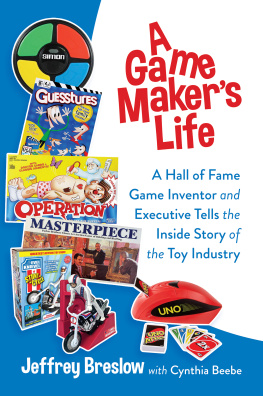

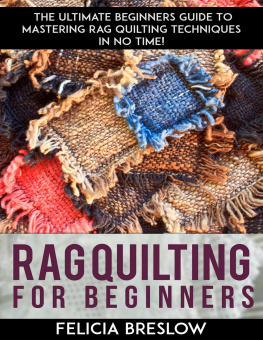

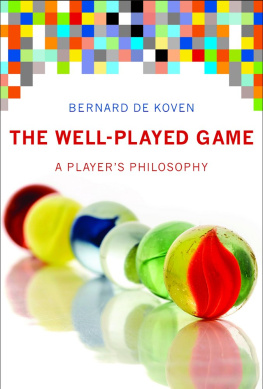
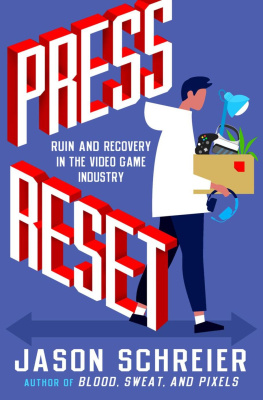
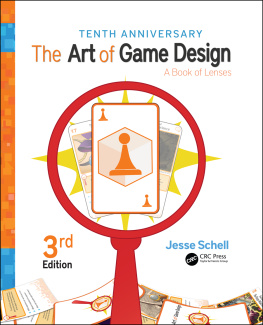

![Emanuele Feronato [Emanuele Feronato] - Flash Game Development by Example](/uploads/posts/book/120345/thumbs/emanuele-feronato-emanuele-feronato-flash-game.jpg)
